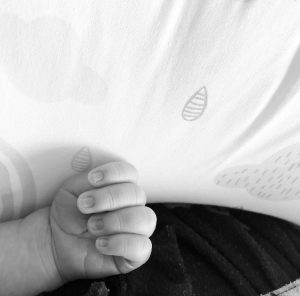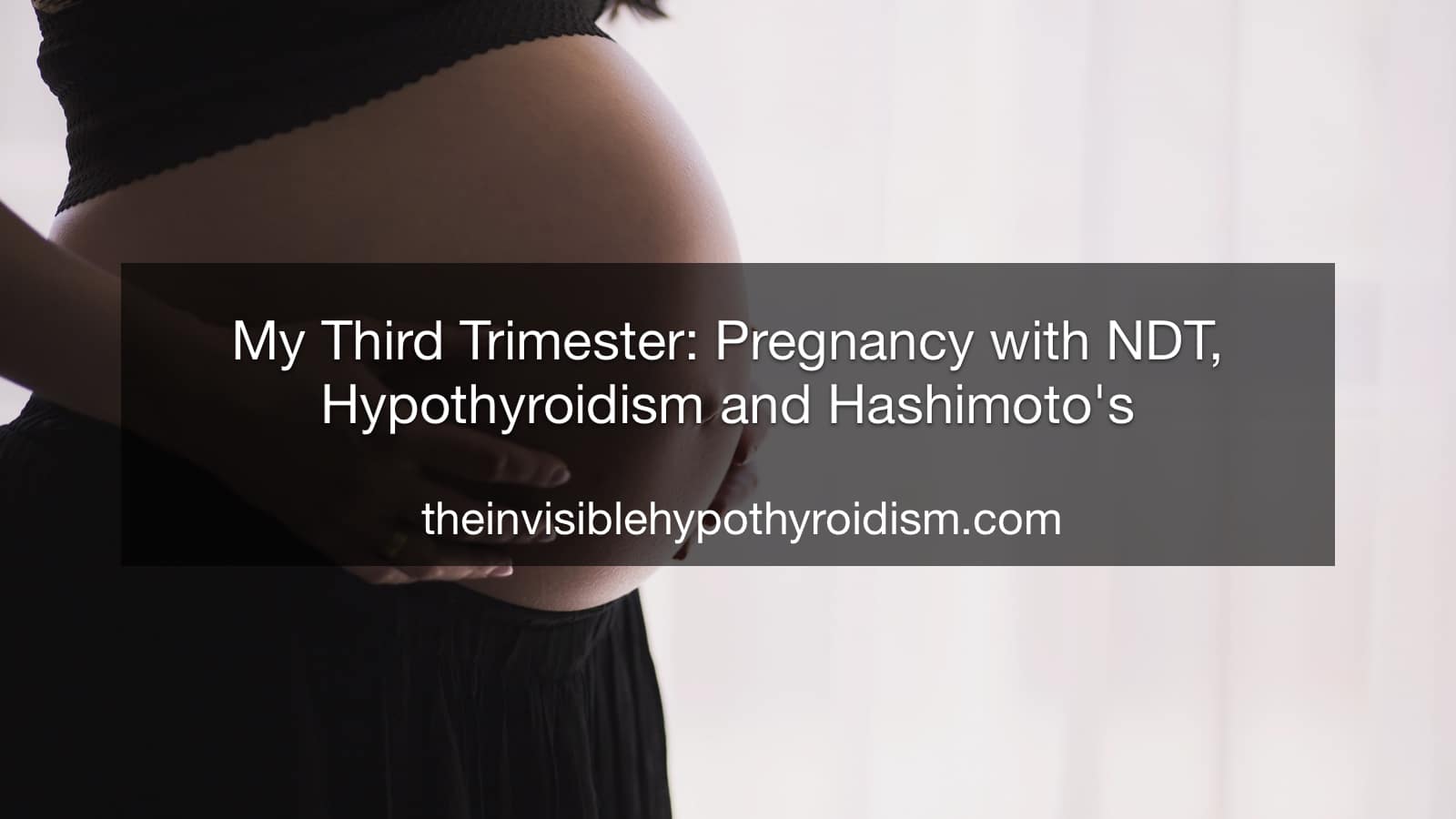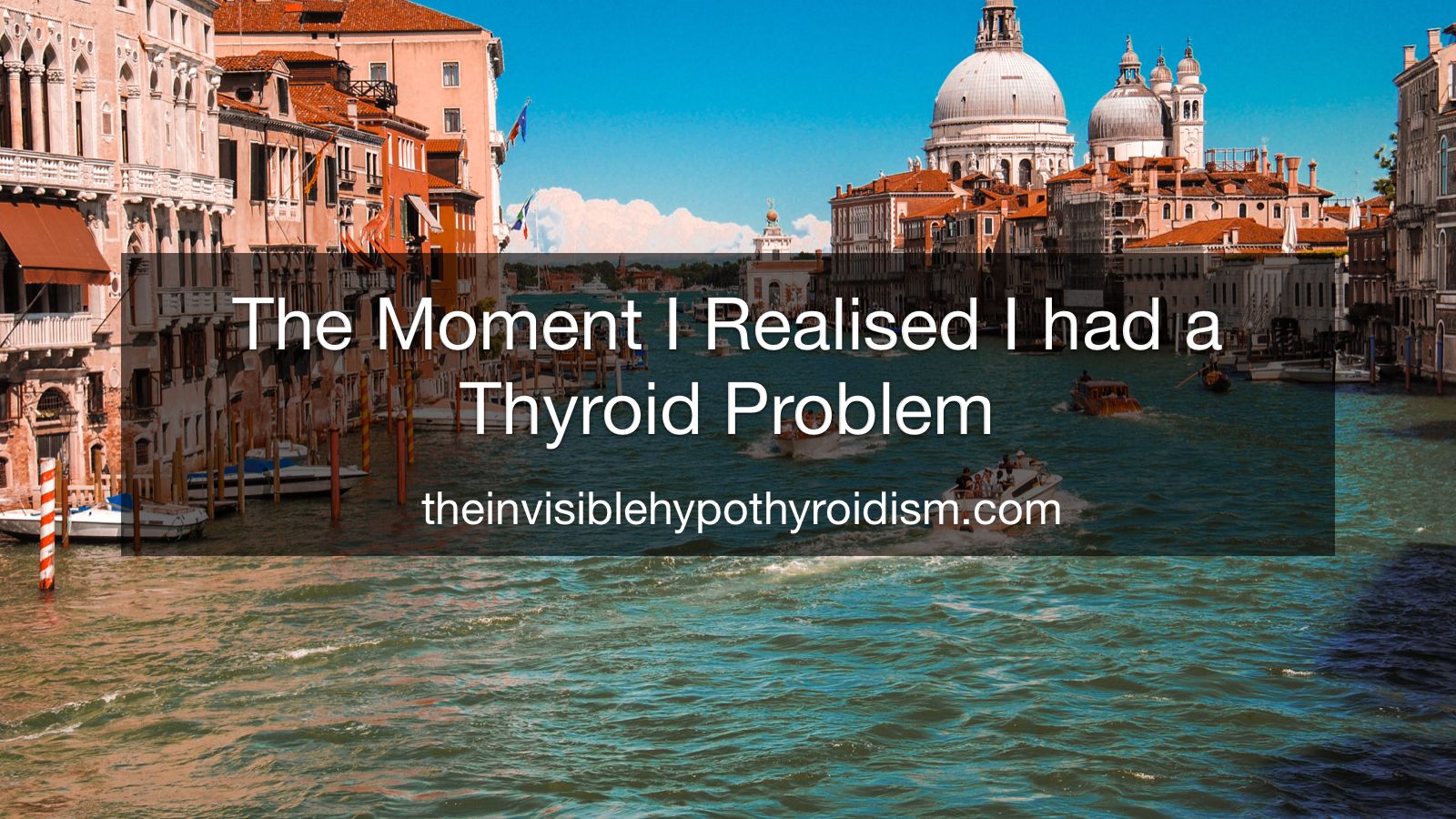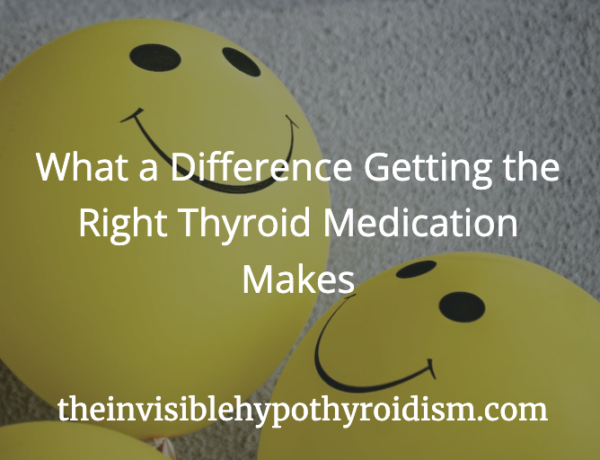Read the last blog in this series.
It has been over a year since my last General Update blog and although I am still on maternity leave from having my first baby at the start of the year, I’ve managed to squeeze in some time to put all my personal health updates down in to a blog post!
I do quickly want to start this post by updating you all on my maternity leave plans. I had originally planned to take a year off, from February 2020 to March 2021, but due to the ways in which COVID has affected my maternity leave and the plans we had made, I have now adjusted this to September 2021.
It is not ideal – I have been itching to get back to my thyroid advocacy work in terms of having dedicated hours to spend on it each week, for a while – but I am also focusing on how lucky I am to get extra time with my little one and spend so much more time with him in this way. It does mean however, that the amount of hours I spend on The Invisible Hypothyroidism is still very limited compared to what I had hoped for 2021.
My last General Update blog revealed the news that I was six months pregnant, still happily on Armour Thyroid medication (privately prescribed) and that, if you were interested in following how my thyroid health was managed (and medication dosed and monitored) throughout pregnancy, then you could read about this here. My next General Update blog was always going to be when I was postpartum and focusing on recovering my health after pregnancy.
And so here we are! It’s going to be a bit of a long one!
During pregnancy, my medication dosage had been increased slightly, and as directed by my private GP who manages this, immediately after giving birth, I reduced my dosage back to the pre-pregnancy amount. I then had my first set of postpartum blood tests five weeks later which showed excellent thyroid levels – all optimal still, and my Hashimoto’s still in remission. Many female thyroid patients experience low thyroid antibodies immediately after birth, but they then tend to rise again a few months later, so I was prepared for this.
My ferritin levels at this time were above range, so I reduced my iron supplement accordingly. My folate, B12 and Vitamin D were all high within range.
Despite the sleep deprivation and recovery from birth I had ahead of me, I was surprisingly feeling very well. I wasn’t feeling fatigued or achey, apart from when my milk came in around four or five days after giving birth. I felt quite achey, tired and had a few days of migraines back to back. This was later discovered to be mastitis however, an infection in my breast.
Unfortunately, the mastitis is what caused the bulk of me feeling unwell at times, during the first few months after giving birth. Had it not been for developing this, I would have been in very good health indeed. We went in to lockdown here in the UK straight after I gave birth, which impacted me being able to get help with the mastitis quickly enough. As a result, the mastitis developed in to a breast abscess – a painful and persistent large build-up of pus in the breast.
The abscess was incredibly persistent. For months, I was at the hospital one to two times a week to have the pus drained out by needle. It would take ages to remove all the pus each time I had it done. The infection was so large that it made the affected breast a completely different size to the other!
I was also on round after round of antibiotics. I was of course taking probiotics in this time and continued all the practises I know to be important when you’re on antibiotics, but they did start to take a toll on my body.
Once the infection had eventually gone, the tiredness and muscle aches and pains also disappeared and I felt well. I was exercising every day, going on walks with the baby anywhere from one to three hours a day (there was hardly anything else to do amidst the lockdown!), so I was feeling fit and well. My mental health was a bit wobbly however, and I was diagnosed with postpartum depression, mainly due to having a newborn baby during a pandemic and feeling very alone with the challenges this brought. By the time baby was four months or so old, this had lifted.
A few months after giving birth, I also started to experience postpartum hair loss, which eventually stopped after twelve weeks and then new hair started to grow back very quickly.
Come the end of summer, six months postpartum, I noticed that my health was starting to slide a little. Some past symptoms were creeping back in, such as acne, constipation, an itchy and sore scalp, reflux, tiredness, muscle aches, brain fog etc. So it was time for another thyroid test.
I ordered this from Medichecks, as my NHS GP was happy with the tests done five months prior and didn’t see a reason to retest yet. This test was checking thyroid and vitamin levels and then I also tested for Lyme disease at the same time. Out of curiosity more than anything.
The test results showed that my Hashimoto’s was no longer in remission – not surprising. And my Free T4 level was no longer optimal either. It had dropped right to the bottom of the range (I usually feel best with it around the middle). My Free T3 was still optimal. My ferritin was now low in range! I increased my iron supplement and booked in to speak with my private GP.
The Lyme test initially came back inconclusive, but once rerun it came back negative.
The private GP offered me a couple of options regarding the low Free T4. If I felt well, we could leave me on my current meds and dose, but if I wasn’t (and I wasn’t) we could try to raise that and see if it made any difference. With my Free T3 already high in range, neither of us felt comfortable raising the NDT medication any further, so we opted to do something slightly more controversial. We added in T4; Levothyroxine.
Not a lot of people take NDT + synthetic T4 alongside each other, but I’ve had many occasions over the years where my Free T3 level is optimal and my Free T4 is not, yet when I raise the NDT medication to get the Free T4 to optimal, the Free T3 obviously goes over range and gives me hyperthyroid symptoms.
So I wanted to give it a try and form my own conclusion. I know that the ratio of T4 to T3 in NDT medications is off for a lot of people.
So, in October, I started 25mcg of Levothyroxine alongside my 3 grains of Armour Thyroid. Six weeks later, we saw the desired results – Free T3 still optimal in range and a Free T4 now also optimised. I was feeling a bit less tired, stopped having brain fog and my reflux had gone. With my T3 level having not budged at all with the addition of Levothyroxine, it was also proof that my body really doesn’t convert T4 in to T3, and this is why I need direct T3 in the form of Armour Thyroid to feel well!
In November, I got back in touch with my functional medicine practitioner in order to work with her again too. I value a holistic approach to my health. The symptoms I wanted her help with included acne, constipation, my itchy scalp and ongoing slight fatigue. However, as a parent with hypothyroidism and Hashimoto’s, I was finding it tricky to pinpoint what ‘normal mum tired’ was, and what ‘thyroid tired’ felt like. How did I know what level of tiredness was actually normal as a new parent?
I saw other mums all around me who also felt tired (exhausted, some days), achey and stressed out. So how did I know how much of these things I would be feeling if I didn’t have a thyroid condition? This is something I do have to keep in mind these days.
The functional medicine practitioner wanted to explore pyroluria (a B6 and Zinc deficiency) and my iron levels bouncing around. She also wanted to support lowering the thyroid antibodies again, my gut health, sex hormones and adrenal health. Areas we had ‘fixed’ previous to me falling pregnant.
She explained that pyroluria usually has a genetic component, can affect stomach acid, hormones balancing (sex, thyroid and adrenal), neurotransmitters (mental health) and is part of a detox pathway. Therefore, when we start to detox, I may feel worse to begin with.
She wanted to focus on pyroluria as it underscores sex hormones, the adrenals and thyroid and it may be an easy fix for the current symptoms I was experiencing. She said that Hashimoto’s is often gut-lead and the antibodies going back up could be due to poor gut health but is also very normal after pregnancy
We added digestive enzymes back in to my supplement regimen, as well as adding evening primrose, a new probiotic and a specific supplement for the pyroluria (BioPure Core). We also analysed my diet and concluded that I needed to add in more protein to keep my blood sugar balanced and energy more stable throughout the day.
My Private GP is very happy for me to be seeing the FMP alongside him as he takes a holistic approach to my thyroid health also. He has told me to carry on taking the Levothyroxine + Armour combination for now and to retest levels again in three months time.
The first few days of following the FMP’s advice resulted in a lot of gas and acne! My gut was clearly reacting, but it soon settled down.
I have been on this programme for a few weeks now and I am no longer constipated, the acne is calming down, and all symptoms except the tiredness have improved or resolved. I’ll continue to keep you updated on my personal thyroid journey, as always.
I actually expected my health to be much trickier postpartum than it has been. I really haven’t struggled at all (and nowhere near as much as I had anticipated while pregnant) and have only recently felt some symptoms coming back, but I acted quite quickly and had made a plan on what I would do post-birth in this situation.
Overall, I am doing well. I’m enjoying motherhood.
Do remember that you can keep up to date with my personal health journey via Instagram. My Instagram is updated with realtime updates and you’ll be able to follow along as and when everything happens over there!
How is your thyroid health at the moment? What has this eventful year been like for you? Feel free to add to the discussion in the comments below.
You can click on the hyperlinks in the above post to learn more and see references to information given.










1 Comment
Emily m
December 16, 2020 at 3:28 amHey Rachel! This year has been an incredible journey! After trying a number of different meds- levothyroxine, armour, nature thyroid, I th ink I’ve finally found something that works for me- tirosint plus compounded T3. I am feeling more alive than I have since I was diagnosed almost 17 years ago! Been working with a functional medicine dr and being my own advocate for trying things until I feel better with her guidance has made all the difference! Now trying to heal my gut and maintain the good habits I established because my life felt like it depended on it! It’s hard sometimes to keep taking supplements when you feel good! But I admire your instincts to check in and retest levels- think that’s super important when using any supplements! Hope you have a really nice holiday! I mention your book to everyone I know with hypothyroidism! It sits beside my bed and any time I start to question whether a symptom could be thyroid related or I’m feeling like no one understands I open it up and it makes me feel so much better and also helps problem solve!
Cheers!
Emily